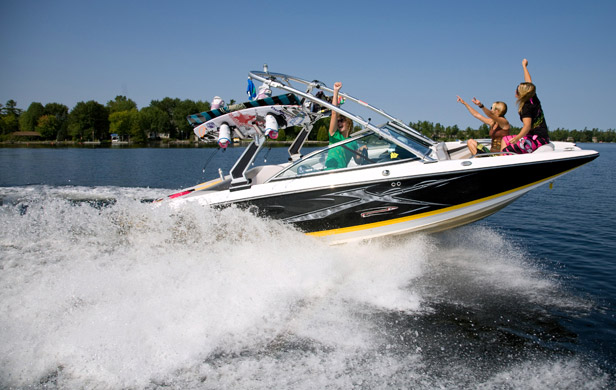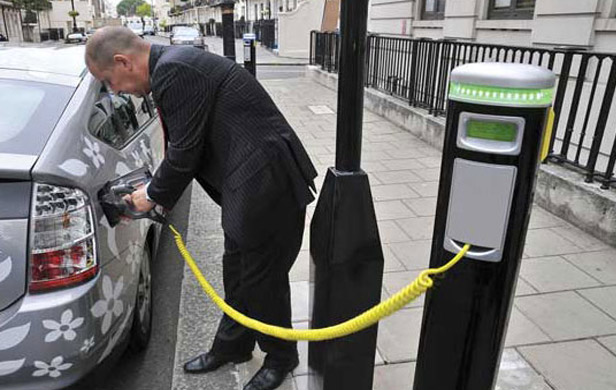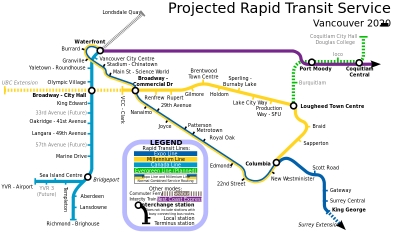
by Jonathan Fahey, The Associated Press
NEW YORK – The average amount of electricity consumed in U.S. homes has fallen to levels last seen more than a decade ago, back when the smartest device in people’s pockets was a Palm pilot and anyone talking about a tablet was probably an archaeologist or a preacher.
Because of more energy-efficient housing, appliances and gadgets, power usage is on track to decline in 2013 for the third year in a row, to its lowest point since 2001, even though our lives are more electrified.
Here’s a look at what has changed since the last time consumption was so low.
Better homes
In the early 2000s, as energy prices rose, more states adopted or toughened building codes to force builders to better seal homes so heat or air-conditioned air doesn’t seep out so fast. That means newer homes waste less energy.
Also, insulated windows and other building technologies have dropped in price, making retrofits of existing homes more affordable. In the wake of the financial crisis, billions of dollars in Recovery Act funding was directed toward home-efficiency programs.
Better Gadgets
Big appliances such as refrigerators and air conditioners have gotten more efficient thanks to federal energy standards that get stricter ever few years as technology evolves.
A typical room air conditioner — one of the biggest power hogs in the home — uses 20 per cent less electricity per hour of full operation than it did in 2001, according to the Association of Home Appliance Manufacturers.
Central air conditioners, refrigerators, dishwashers, water heaters, washing machines and dryers also have gotten more efficient.
Other devices are using less juice, too. Some 40-inch (1-meter) LED televisions bought today use 80 per cent less power than the cathode ray tube televisions of the past. Some use just $8 worth of electricity over a year when used five hours a day — less than a 60-watt incandescent bulb would use.
Those incandescent light bulbs are being replaced with compact fluorescent bulbs and LEDs that use 70 to 80 per cent less power. According to the Energy Department, widespread use of LED bulbs could save output equivalent to that of 44 large power plants by 2027.
The move to mobile also is helping. Desktop computers with big CRT monitors are being replaced with laptops, tablet computers and smart phones, and these mobile devices are specifically designed to sip power to prolong battery life.
It costs $1.36 to power an iPad for a year, compared with $28.21 for a desktop computer, according to the Electric Power Research Institute.
On the other hand…
We are using more devices, and that is offsetting what would otherwise be a more dramatic reduction in power consumption.
DVRs spin at all hours of the day, often under more than one television in a home. Game consoles are getting more sophisticated to process better graphics and connect with other players, and therefore use more power.
More homes have central air conditioners instead of window units. They are more efficient, but people use them more often.
Still, Jennifer Amman, the buildings program director at the American Council for an Energy-Efficient Economy, says she is encouraged.
“It’s great to see this movement, to see the shift in the national numbers,” she says.
[quote]I expect we’ll see greater improvement over time. There is so much more that can be done.[/quote]
The Energy Department predicts average residential electricity use per customer will fall again in 2014, by 1 per cent.
Jonathan Fahey can be reached at http://twitter.com/JonathanFahey





















